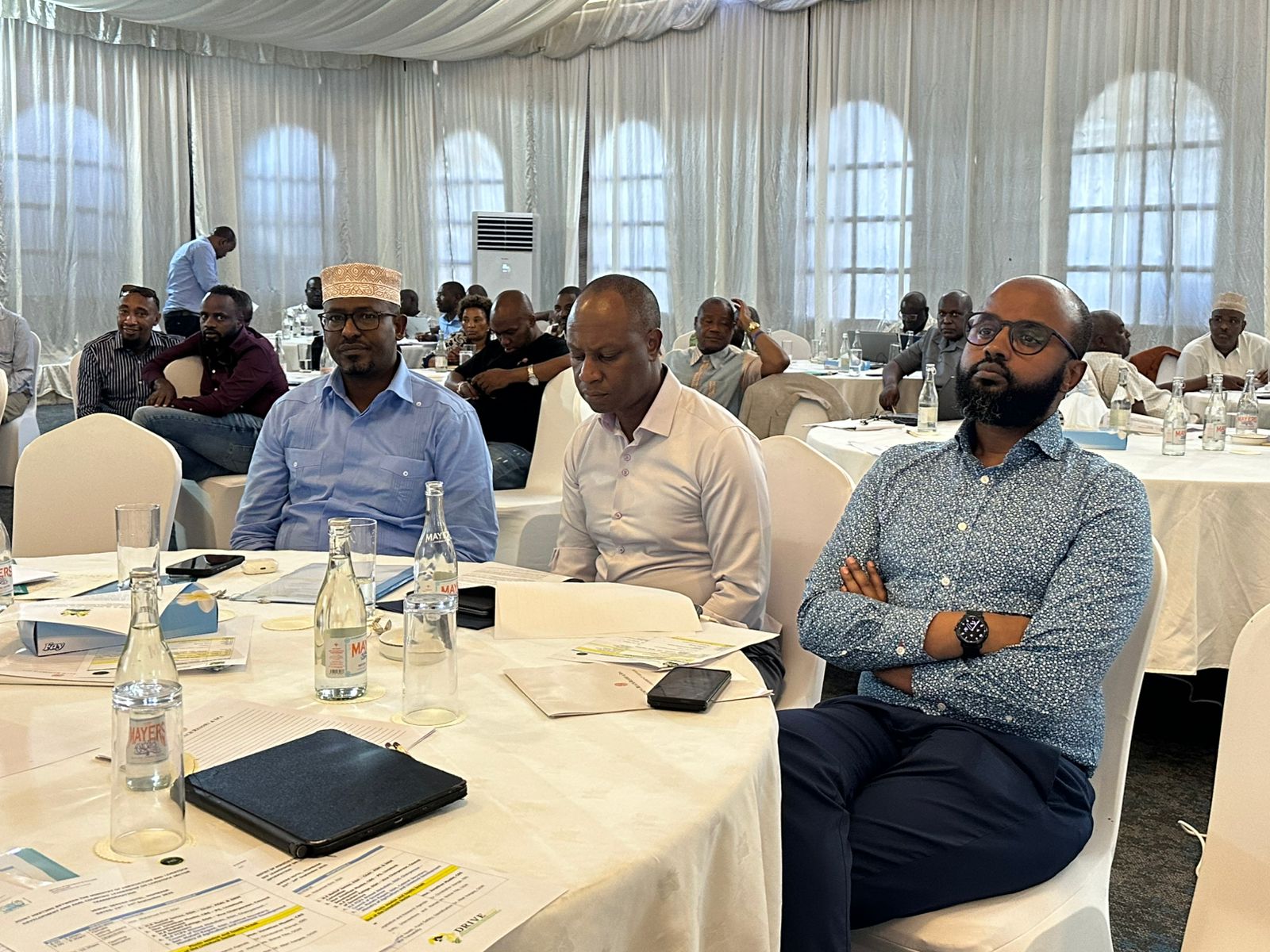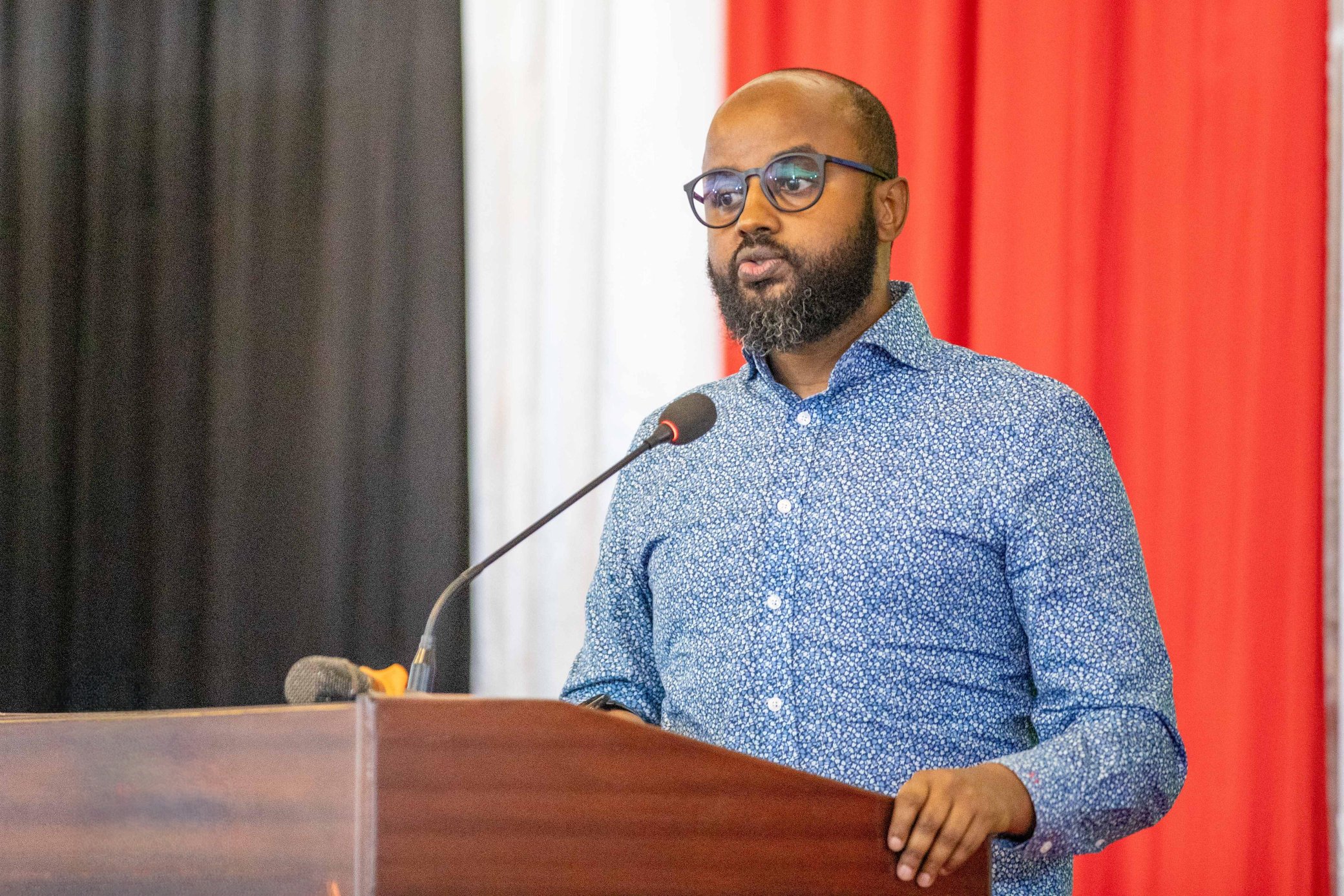The Kenya Red Cross Society has issued a warning of a 90% likelihood of drought during the October-November-December rainfall season, urging immediate action to mitigate its impact on vulnerable communities.
In a briefing to the leadership of 23 Arid and Semi-Arid Lands (ASAL) counties, organised under the Council of Governors (CoG), Secretary General Ahmed Idris emphasised the critical need for anticipatory measures to protect livelihoods, particularly in the livestock-dependent regions.
“We cannot wait for livestock to perish before we act. We must act now,” declared H.E. Ahmed Abdullahi, Chair of the Council of Governors, during the forum.

The call to action was echoed by Idris, who briefed county leaders on the importance of early interventions to support communities in responding to the looming drought.
The Kenya Red Cross, committed to its #AnticipatoryAction and #EarlyAction strategies, stressed the urgency of proactive measures to avert a humanitarian crisis.
The forum, organised by Governor Nathif Jama Adam, Chair of the ASAL and Disaster Risk Management Committee, brought together leaders from Kenya’s 23 ASAL counties to strategise on drought preparedness.
Idris expressed gratitude to Governor Adam for facilitating the discussions, which focused on mobilising resources and coordinating efforts to bolster community resilience.
Kenya’s ASAL regions, which cover approximately 80% of the country’s landmass and are home to millions of pastoralists, have faced recurrent droughts in recent years, exacerbated by climate change.
These areas, including counties such as Mandera, Wajir, Garissa, and Turkana, heavily rely on livestock for economic survival and food security. However, prolonged dry spells have led to severe water shortages, pasture depletion, and livestock deaths, threatening livelihoods and triggering food insecurity.
The 2021-2023 drought, one of the worst in decades, affected over 4 million people in Kenya, with ASAL counties bearing the brunt.
It resulted in significant livestock losses, spikes in malnutrition, and displacement, prompting humanitarian interventions.
The upcoming October-December season, critical for rainfall in these regions, is now forecasted to have a 90% chance of below-average precipitation, raising fears of another crisis.
Kenya has established several mechanisms to address drought and enhance resilience in ASAL regions.
The National Drought Management Authority (NDMA) plays a central role in monitoring drought risks, issuing early warnings, and coordinating response efforts.
The NDMA’s early warning systems provide regular updates on rainfall, vegetation, and water availability, enabling timely interventions.
The Kenya Red Cross Society, a key partner in disaster risk management, employs anticipatory action frameworks to preposition resources and support communities before crises escalate.
These include cash transfers, livestock destocking programs, and water provision initiatives.
The organisation collaborates with county governments, the CoG, and international partners to ensure a coordinated response.
Additionally, the government’s Ending Drought Emergencies (EDE) framework, part of the Kenya Vision 2030 development blueprint, aims to build long-term resilience through investments in water infrastructure, rangeland restoration, and livestock insurance programs.
County governments in ASAL regions have also prioritised contingency planning, with funds allocated for emergency fodder, water trucking, and community sensitisation.
The recent Jukwaa la Usalama forum in Mandera, led by Interior Cabinet Secretary Kipchumba Murkomen, further highlighted efforts to strengthen security and infrastructure in ASAL counties, which indirectly support drought resilience by improving access to markets and services.
Plans to operationalise additional administrative units and recruit more National Police Reservists (NPRs) in border counties, such as Mandera, aim to enhance local governance and security, which are critical for an effective drought response.
As the October-December season approaches, the Kenya Red Cross and ASAL county leaders are intensifying efforts to mobilise resources, raise awareness, and implement early actions to safeguard communities against the looming drought threat.
With livestock at the heart of the region’s economy, the focus remains on preventing losses and ensuring food security for millions.

